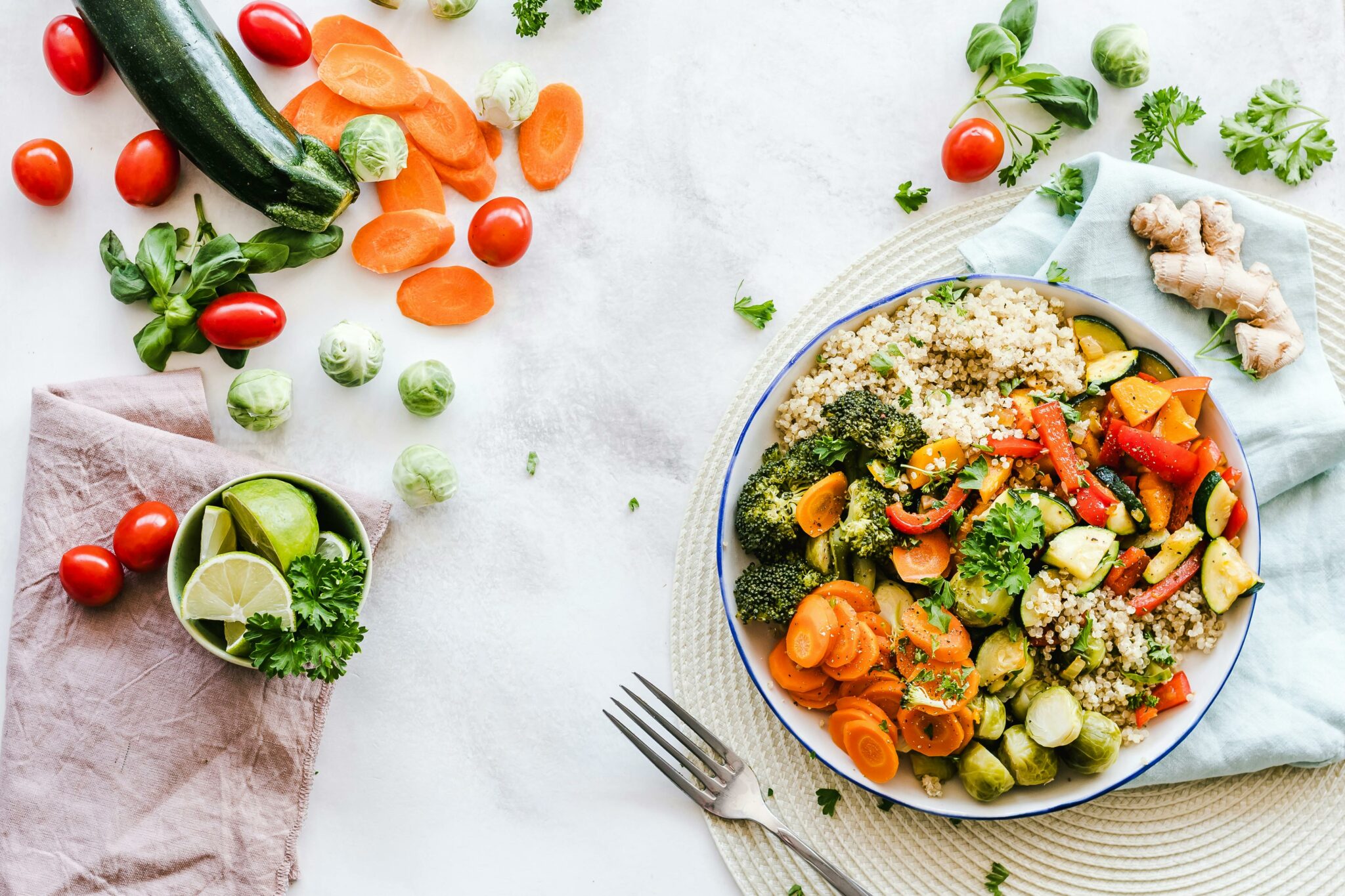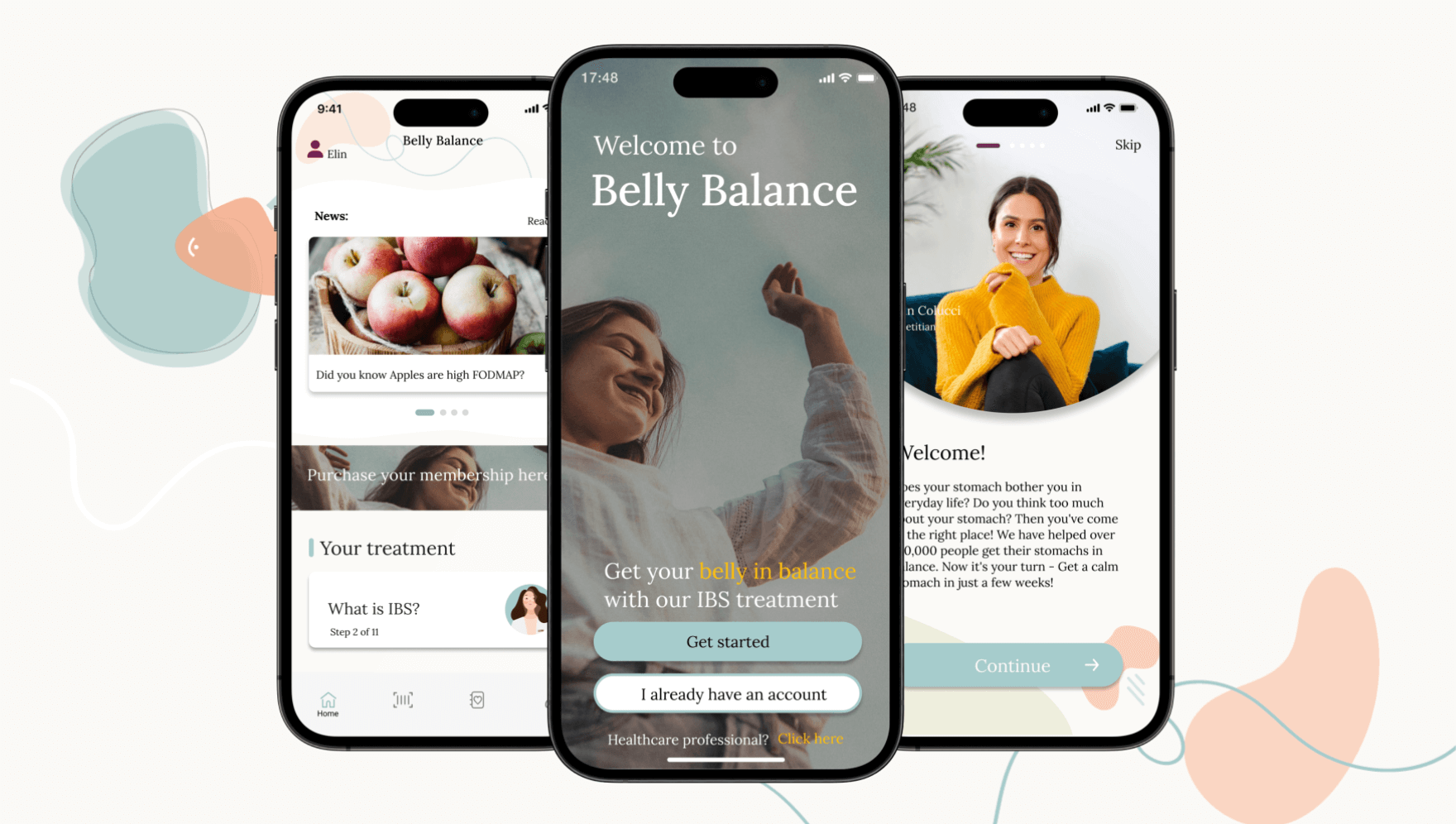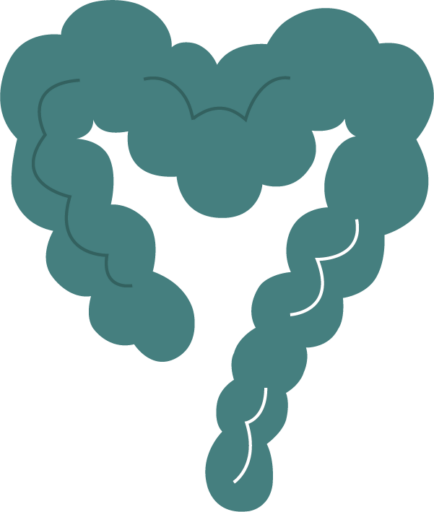
Vegetarian FODMAP
How do you follow a vegetarian FODMAP diet? It’s not entirely easy, but it’s definitely possible with some research and creativity! Here are our best tips for those following a vegetarian FODMAP diet and looking to optimize their intake of protein, iron, and nutrients.
How can you eat a vegetarian diet that is FODMAP-friendly?
Ok, a vegetarian or vegan diet and FODMAPs aren’t exactly best friends when it comes to certain food choices. Many vegetarian substitute products contain FODMAPs and therefore don’t work. This mainly applies to soy products and legumes (peas, beans, and lentils). For those following a vegetarian FODMAP diet, it’s especially important to start reintroducing foods so that the intake doesn’t become too restricted.
Vegetarian substitute products
The store shelves are overflowing with meat substitutes. Some are FODMAP-friendly, while others are not. Generally speaking, quorn, tempeh, and seitan are allowed. Just be careful that the products don’t contain onion or garlic. Soy is usually not permitted because it’s often made from whole soybeans, which means the product contains FODMAPs in the form of oligosaccharides. Some products contain pure soy protein, which is okay. Tofu is usually fine since the fibers in soy are water-soluble and are removed during the pressing process. It’s a good idea to start with a small amount to test your tolerance.
Take control over your IBS today!
Are you ready to take back your life from IBS? Our app provides the tools and guidance you need to manage IBS effectively.
Try the app for freeProtein needs on a vegetarian FODMAP diet
It’s more of a myth that we need to consume a lot of extra protein unless you’re training a lot, and by that, I mean heavy strength training almost every day. Therefore, it’s better to ensure you’re getting your protein through your diet. The average protein requirement is 0.8 g/kg of body weight, which means 56 g per day for someone weighing 70 kg. There are tables where you can see how much protein different foods contain. If you eat dairy products and eggs daily, you’ll get your protein from those sources. If you’re eating a fully vegan diet, it’s important to know how to combine different vegetarian foods, such as beans and rice in meals, to ensure you’re getting all the building blocks of protein that your body needs.
Protein-rich vegetarian low-FODMAP foods during the elimination phase:
- Quinoa
- Edamame beans
- Tofu
- Rice in all varieties, preferably whole grain and brown rice
- Buckwheat, teff, and oats
- Canned lentils
- Quorn
- Dairy products
- Eggs
Protein-rich vegetarian low-FODMAP foods during reintroduction:
- Mung beans
- Black beans
- Canned chickpeas
Iron needs on a vegetarian FODMAP diet
Meeting the body’s iron needs can also be a challenge on a vegetarian diet, as red meat is a significant source of iron. For those who follow a vegetarian diet while also adhering to FODMAP, it’s important to pay extra attention to iron intake. Since legumes are good sources of iron but can be tough for those with IBS, it’s crucial to choose wisely.
Iron-rich vegetarian low-FODMAP foods
- Pumpkin seeds
- Mung beans
- Lentils
- Spelt flour
- Sesame seeds
- Oats and oat bran
- Blueberries
- Tofu
- Sunflower seeds
- Dark chocolate (!)
Sofia Antonsson
Reg. Dietitian, Belly Balance
Read more about

IBS - What is it?
Bloated , constipated or having a gassy stomach? IBS or Irritable Bowel Syndrome is a functional gastrointestinal disorder, meaning no physical issues can be found in the stomach or intestines; they just don’t function quite as they should.

How the app works
Download the app and become part of our community. We assist you in achieving a calm and happy stomach through treatment and tools available directly in the app.

About FODMAP
By learning which foods upset your stomach, you can make conscious choices and get quick symptom relief. With the low FODMAP diet, you receive structured assistance in understanding which foods your body tolerates better than others. No more guessing and pondering – you get the answer straight away!

